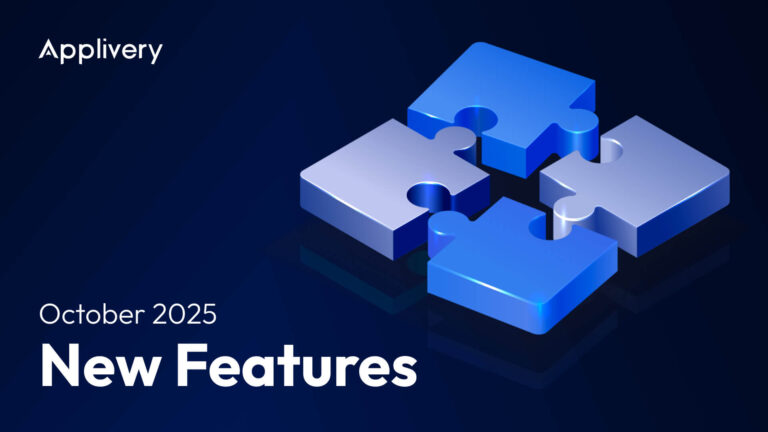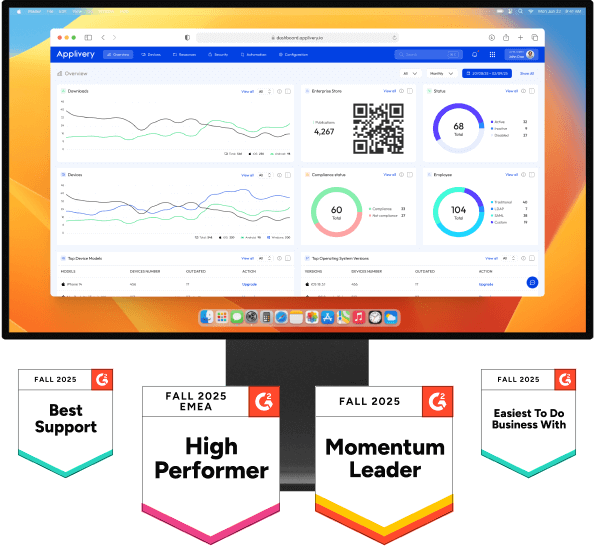October brings a significant update to the platform, as we’ve rolled out a wave of powerful new features designed to give you more granular control over the look, feel, and logic of your managed devices. This update is all about fine-tuning the end-user experience and introducing a new backend engine for powerful, targeted automation.
A new engine for automation and targeting with this major update
This is one of the most significant updates to our Device Management platform, introducing new capabilities for advanced control and automation.
Now generally available: interpolation
This feature is a game-changer for personalization at scale. You can now easily reference and replace dynamic values (like device names, user details, or your own custom attributes) directly within your configurations and policies. Think of it as creating smarter, more flexible templates for deployment—less manual work, more personalized setups. Explore more in our documentation.
Now in private access for Enterprise Plans
We are also previewing a suite of powerful new tools available in Private Access for customers on our Enterprise plans.
Policy composition
This fundamentally changes how you manage settings. Until now, Applivery allowed only one policy per device. With Policy Composition, you can assign multiple, overlapping policies to a single device.
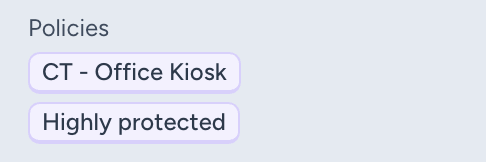
This fundamentally changes how you manage settings. Until now, Applivery allowed only one policy per device. With Policy Composition, you can assign multiple, overlapping policies to a single device.
Each policy is given a weight (from 1 to 1000) to prioritize which settings apply. For example, a device can now have three policies at once:
- Policy 1: general company-wide restrictions.
- Policy 2: user-specific configurations.
- Policy 3 : customized configurations based on user and device behaviour.
Learn more about Policy Composition in our documentation.
Device audiences
Stop managing device by device. This feature lets you segment your fleet into smart, dynamic audiences based on device or user properties like OS version, device model, enrollment type, or your own custom attributes. It’s perfect for targeted deployments and safer, phased rollouts. Visit our documentation to learn more.
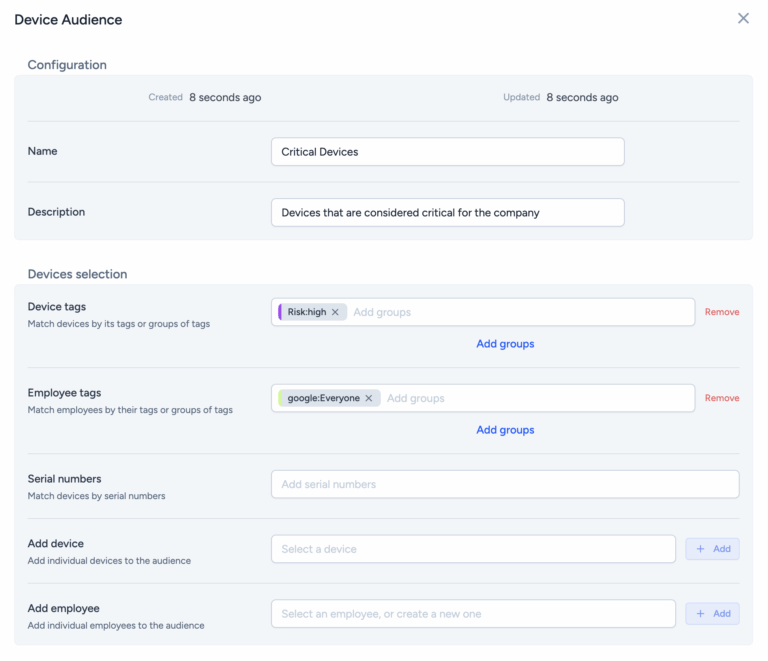
Automation rules
This is the perfect companion to Device Audiences. Set up automatic actions triggered by specific events. For example: “When a device joins the ‘Management Team’ Audience, automatically apply the ‘Executive Policy’” or “When a certificate is 10 days from expiring, automatically trigger the renewal process.” Check our documentation.
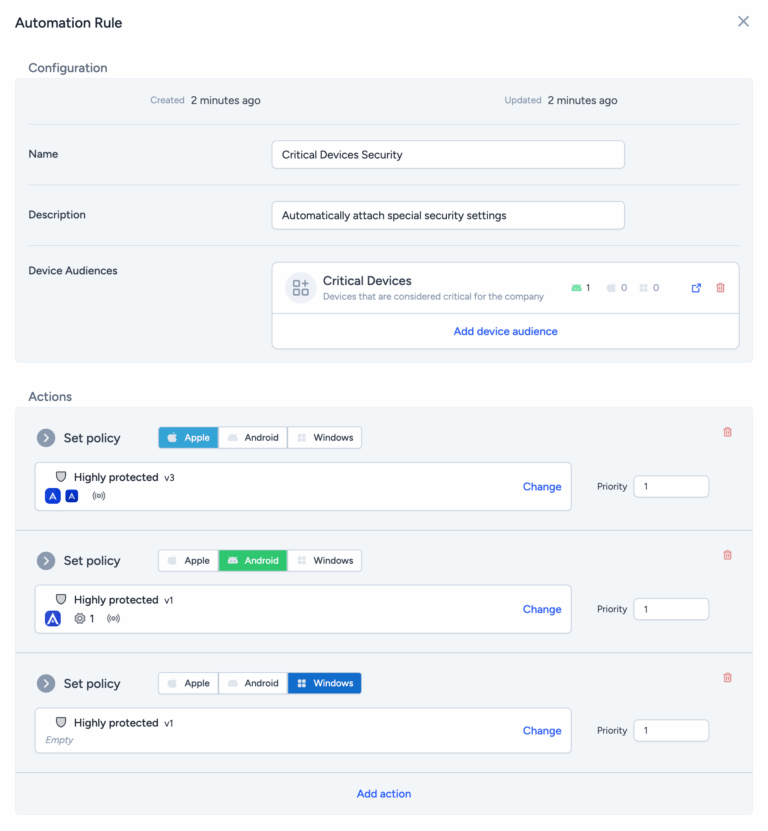
Advanced certificate management
Streamline security by managing, deploying, and renewing digital certificates directly from Applivery. This update includes a new infrastructure component that allows you to connect Applivery with your own Certificate provider for fully automated issuing and renewal, ensuring devices maintain secure access without manual intervention.
If you’re an Enterprise customer, please contact your Customer Success Manager to request activation and get an early look.
Fine-tune the on-device experience
We’re giving you the keys to customize the interface your users interact with every day.
-
Visual & display configuration
Go beyond just policies and take full control of how your devices look and feel. You can now set a device wallpaper, adjust icon sizes, organize app layouts, and create folders. You can also manage display options, like forcing the screen to stay on for kiosk or POS scenarios.
-
Define startup apps
This is a huge time-saver for setup workflows. You can now designate specific apps to automatically launch the very first time they are installed on a device, guiding your users through that critical initial setup.
- Custom footer configuration
Add a new layer of information to the Advanced Launcher. You can now configure a persistent footer, customize its text, adjust the font size, and—best of all—insert dynamic variables like the device name, user email, and more.
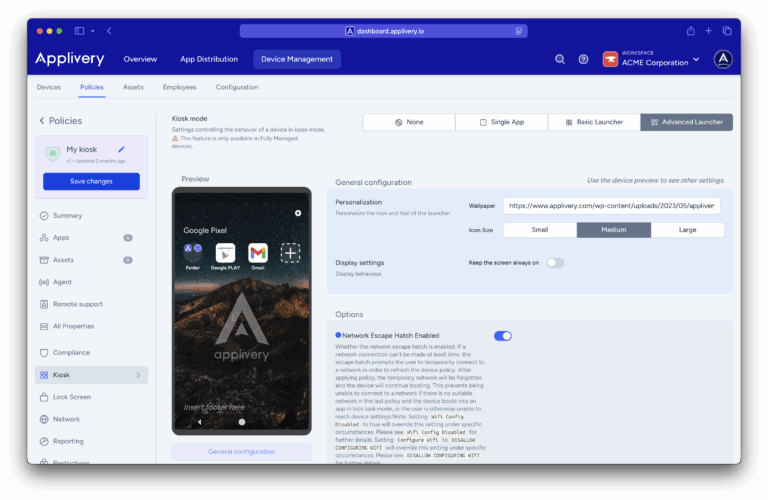
We’re incredibly excited to see how you use these new tools to build smarter, more secure, and perfectly tailored device fleets. If you want to know more visit our documentation.


